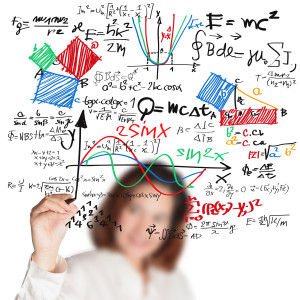 For years, educators have known about dyslexia. There are well-documented studies that explain dyslexia as well as strategies that can be used to help those who are diagnosed with this learning disorder. Until recently, however, there has been very little known about dyscalculia. This is partly because unlike dyslexia, dyscalculia manifests itself in a number of different ways.
For years, educators have known about dyslexia. There are well-documented studies that explain dyslexia as well as strategies that can be used to help those who are diagnosed with this learning disorder. Until recently, however, there has been very little known about dyscalculia. This is partly because unlike dyslexia, dyscalculia manifests itself in a number of different ways.
This article will provide an overview of dyscalculia along with a list of issues that young children may show that suggest they may have dyscalculia. In later articles I will go into more detail about the signs at different grade levels as well as methods to help those who have dyscalculia.
The most severe form of dyscalculia includes difficulty in understanding cardinal numbers, math symbols and basic arithmetic. Other forms include difficulty telling the difference between adding and subtracting, issues understanding word problems, and the inability to understand graphs. In addition, dyscalculia may be complicated by the student also having dyslexia or some other learning disorder as well.
Dyscalculia is a lifetime issue and may even change for an individual over a lifetime. This means that a set of problems for younger children may become a different set of problems later in life. The best outcomes for those with this learning disorder come from early detection. Listed below are some signs that a young child may be dealing with dyscalculia.
Some signs that a child in Pre-K to grade 2 may have dyscalculia may include the child having trouble:
* Learning to count.
* Grouping objects in a logical way. Example: separating circles from triangles.
* Learning and remembering basic addition and subtraction facts.
* Understanding and learning to count money.
* Telling time.
* Understanding spatial directions. left –right, up-down
* Recognizing printed numbers.
If you notice any of these problems in your child talk to a teacher or your pediatrician.
As I would like to tailor subsequent articles on this topic to information that will be most helpful to teachers and parents, I would appreciate it if readers respond to two questions in the comments section.
Question 1 – Before reading this article, had you ever heard of dyscalculia?
Question 2 – Would you like more information about the signs of dyscalculia for older children?





Leave a comment